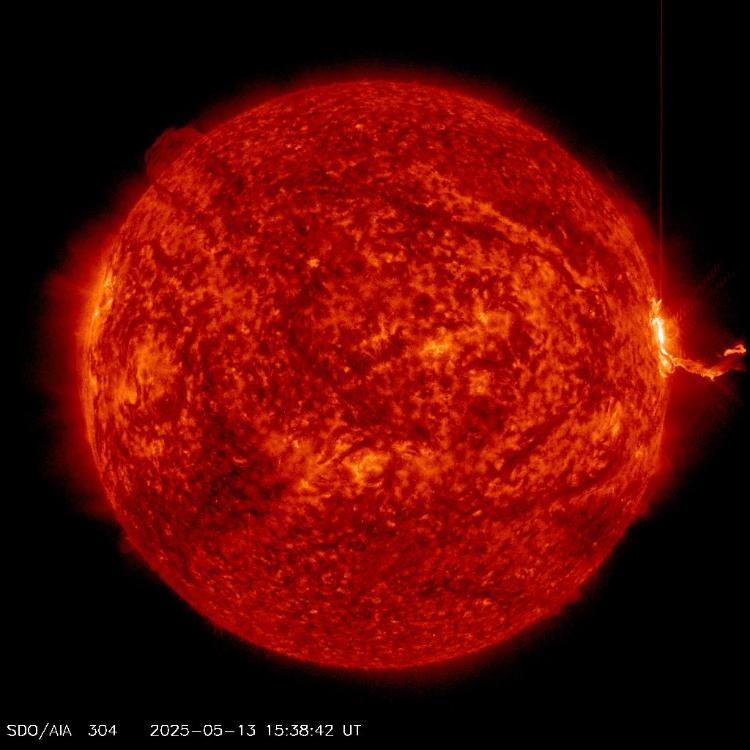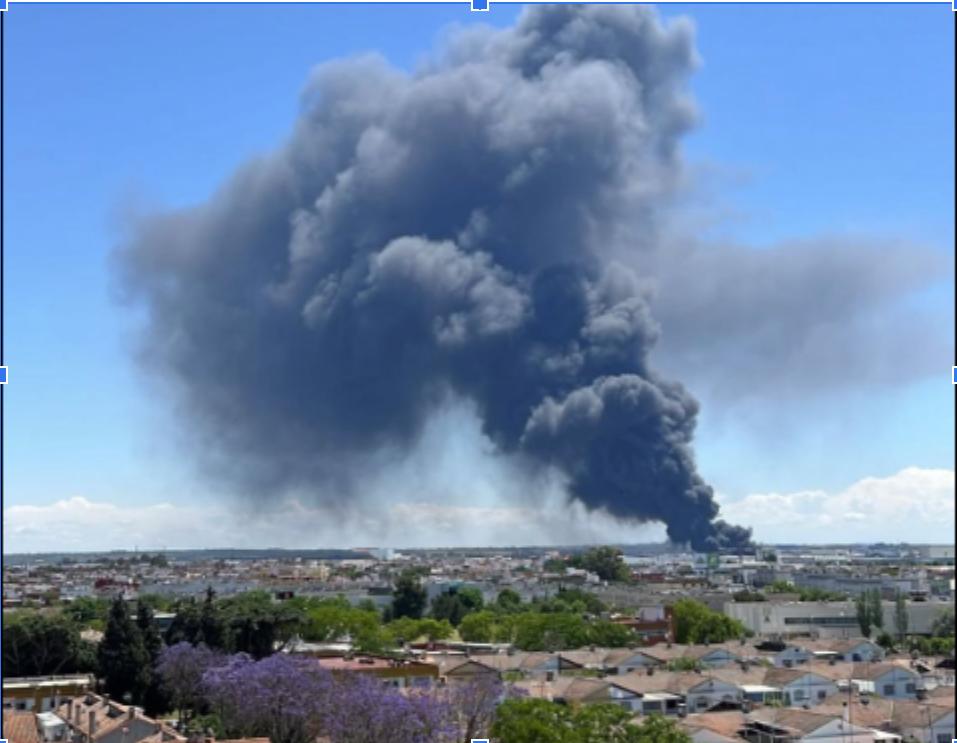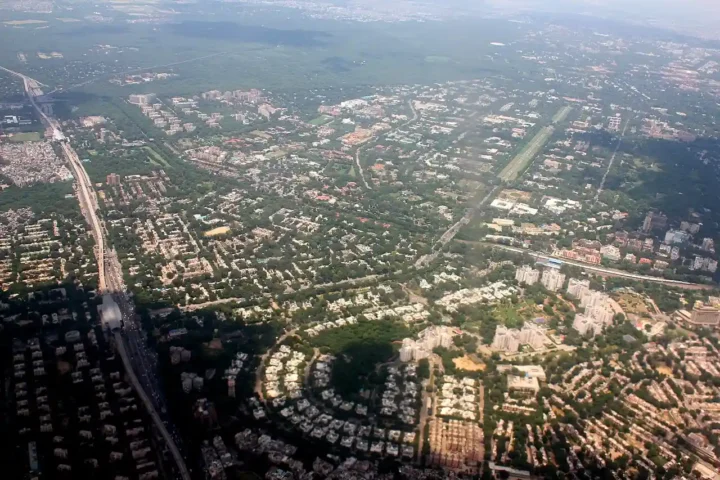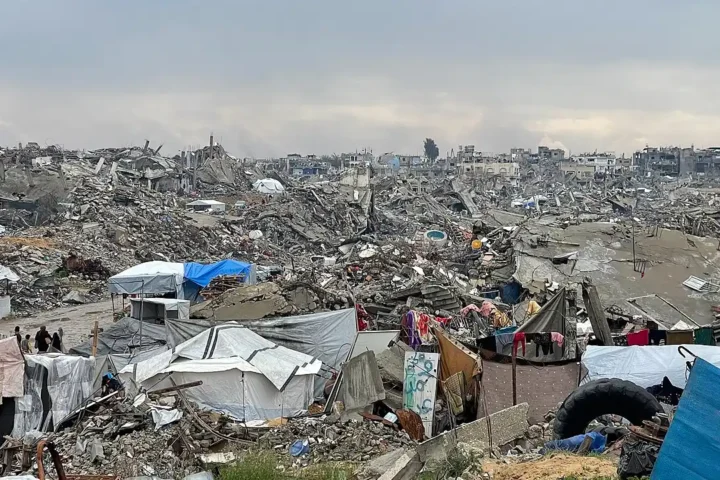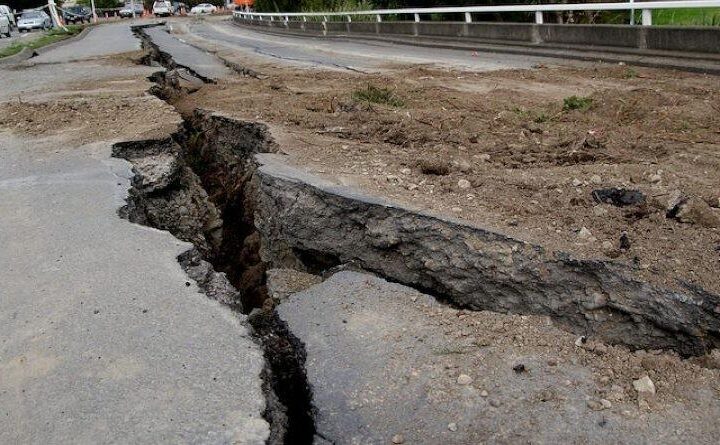The sun just delivered its biggest punch of 2025, triggering widespread radio blackouts across Europe, Asia, and the Middle East. These solar outbursts are growing stronger as we head into a period of intense solar activity.
At 4:25 AM EDT on Tuesday, a huge explosion on the sun’s surface – what scientists call an X2.7 solar flare – sent a wave of radiation toward Earth that moved as fast as sunlight. Picture turning on a flashlight – that’s how quickly this energy reached us, taking just 8 minutes to travel from the sun to Earth.
The effects were immediate. High-frequency radio communications experienced degradation or complete signal loss across the sunlit side of Earth. These problems hit hardest across Europe, Asia, and the Middle East – everywhere the sun was shining at that moment.
“This is getting intense,” warns aurora chaser Vincent Ledvina. “What does this active region have planned over the next days… we’ll have to wait and see.”
Think of solar flares like power surges from the sun, rated from weakest (B-class) to strongest (X-class). Each step up is ten times more powerful than the last – like how a magnitude 7 earthquake releases ten times more energy than a magnitude 6. Tuesday’s X2.7 flare packed quite a wallop, even though it sits on the lower end of the X-class scale.
But that wasn’t all. The same angry spot on the sun fired off three more flares within 24 hours – an M5.3, an X1.2, and an M7.7. It’s like watching fireworks, except these light shows can knock out our technology.
What makes this situation more concerning is timing. This explosive region of the sun, labeled AR4087 by scientists, is slowly turning to face Earth directly. It’s like watching a storm approach – we can see it coming, and we know it might pack an even bigger punch when it faces us head-on.
Similar Posts
Space weather experts at NOAA say these powerful flares don’t happen often. When they do, they can affect high-frequency radio communications used for long-distance communication, including maritime and aviation operations. The intense X-ray and extreme ultraviolet radiation can particularly impact the 3 to 30 MHz frequency band.
The sun follows an 11-year cycle of activity, and we’re heading toward its peak, expected around mid-2025. During this peak, these kinds of powerful flares become more common. The recent burst of activity suggests we’re definitely entering a more active phase.
Radio operators worldwide are already feeling the effects. When these solar flares hit Earth’s atmosphere, they change how radio waves travel. Imagine trying to have a conversation while someone keeps turning the volume up and down – that’s what radio operators deal with during these events.
NOAA’s Space Weather Prediction Center says there’s a good chance (65%) we’ll see more M-class flares through May 17, with a decent chance (30%) of more powerful X-class flares. While we can’t stop these solar storms, tracking them helps us prepare for disruptions to the technology we use every day.

For now, the biggest impacts are hitting high-frequency radio communications, particularly affecting the 3 to 30 MHz band. As AR4087 turns to face Earth more directly in the coming days, we could see even stronger effects.
This burst of solar activity reminds us just how much we depend on technology that can be disrupted by space weather. While most solar flares just cause temporary inconveniences, they serve as a wake-up call about the importance of having backup systems for our critical communications.
